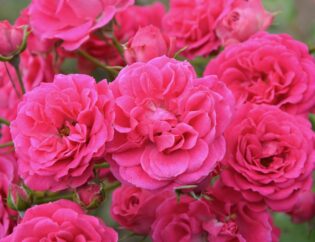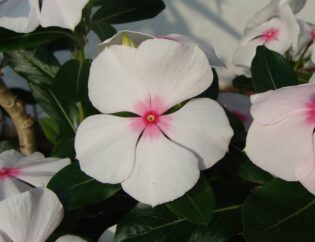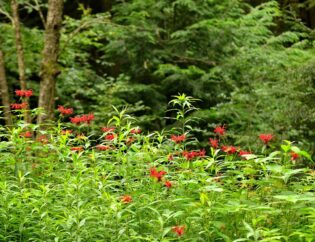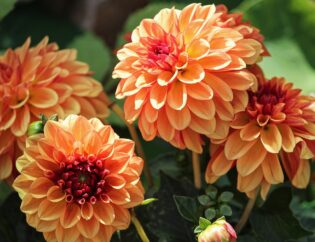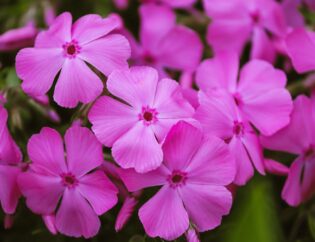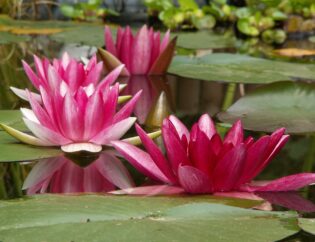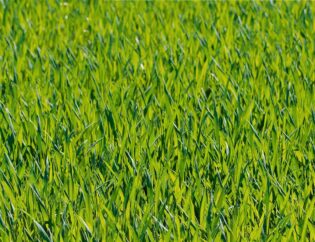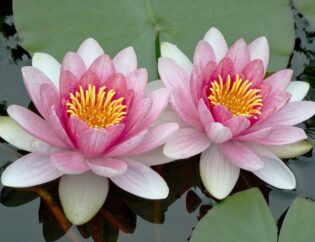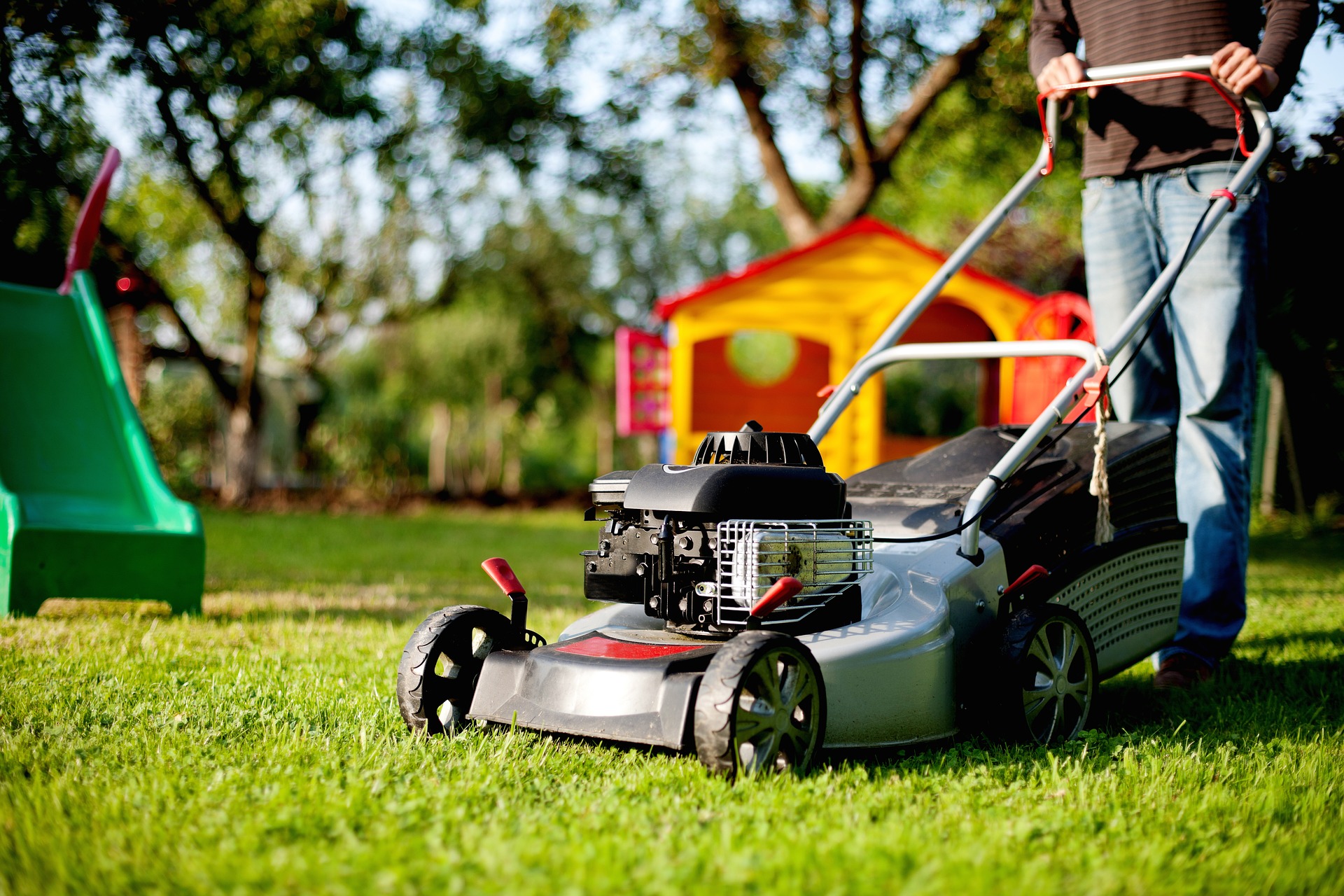
A beautiful, lush lawn doesn’t just happen. However, DIY lawn care is possible and perhaps easier than many homeowners think. There are just a few important things to keep in mind. Learn about them here!
1. Water Properly
Water is life for everything — including grass. Without water, a lawn will start turning brown. If it doesn’t get water consistently during the growing season, it may suffer permanent damage.
Lawns need 1-2 inches of water per week. If rain doesn’t seem to be providing this, homeowners should turn on the sprinklers.
2. Fertilize Carefully
Like any living thing, lawns need nutrients to grow lush and strong, but all fertilizers are not equal. An important part of DIY lawn care is learning what type of fertilizer to use and when.
Lawns need lots of nutrients when they are actively growing, thus spring is a good time to fertilize warm-season grasses. On the other hand, during winter dormancy the grass is not growing. Fertilizer applied during the winter can damage the lawn and fuel weed growth.
3. Keep Weeds at Bay
Some fertilizers come with a built-in weed killer, though some experts say this isn’t the best option. With widespread applications of chemicals, there is always a risk of damage. With any new product, read the label carefully and try a test patch first before applying to the entire lawn.
If a weed infestation is throughout the lawn, there are products available to homeowners who want a DIY solution. For an incredibly thorough explanation on weed control in lawns, look to this guide by the University of Georgia Extension.
Instead of treating a whole lawn, spot remove weeds as they appear. It’s more effective and less expensive, but must be done regularly to keep weeds from taking hold. If a few stray dandelions have taken up residence, simple dig them out by hand, taking care to get the roots.
4. Address Disease Quickly
Disease can spread quickly in a lawn and is much easier to treat early. Brown spots can be a fungal disease, which is hard to treat without professional advice.
Take a picture of the diseased area to a local nursery to get advice on how to treat it, but don’t take an actual piece of the lawn as diseases can easily spread in the nursery. Much like human health, a lawn benefits from early diagnosis and swift treatment.
5. Control Pests ASAP
Pests are another issue that can quickly get out of hand. Some fertilizers include a broad-range insecticide to stay on top of the problem. However, like weed killers, dumping a bunch of chemicals on the lawn isn’t always helpful.
Separate, granular pest control that homeowners can apply as necessary is a better method for targeted treatment. For pest identification and treatment, check out this Georgia-specific guide here.
6. Don’t Block Light
Like all plants, grass needs enough light to photosynthesize its food. Without sunlight, the grass dies.
Homeowners should take care to keep debris and equipment off the lawn. Avoid leaving kiddie pools and other items on the grass and rake up fallen leaves quickly in the fall. It’s especially important for grass to go into winter well-fed, which is difficult with a thick cap of leaves on top.
7. Mow and Do It at the Right Height
Regular mowing helps a lawn stay healthy and grow more densely. Aim to cut no more than ⅓ of the leaf blade when you mow. For Bermuda grass, keep the grass height around 1” to 2” tall to help snuff out weed growth.
8. Edge for a Professional Looking Job
Edging a lawn isn’t strictly necessary to grow healthy grass. However, trimming in a straight line along walkways, driveways, and flowerbeds will make a lawn look far more professional.
It doesn’t take much, this job needs to be touched up as needed and does not have to be done every week.
9. Aerate the Soil
Aeration allows light, water, and nutrients to get down to the roots of the grass, allowing it to grow healthier and stronger.
To determine if the lawn needs aeration, look for common signs like puddles after a rainstorm, excessive irrigation water runoff, thinning patches, and compact soil. These signs indicate a lawn that could benefit from aeration to grow deeper, stronger roots. If you can’t remember the last time the lawn was aerated, that’s a great sign too.
10. Dethatch for Lawn Health
On the other hand, a lawn that is dense with organic matter will have a hard time breathing and flourishing as well. Dethatching is an integral part of DIY lawn care as thatch can choke out the lawn over time. For Bermuda grass, dethatch when the thatch layer exceeds half an inch.
Before dethatching, there are things that need to be checked. Never dethatch a lawn when dormant or when approaching winter. Typically, springtime is the optimal time for turf health. Aeration can also be performed as a complimentary maintenance activity on the same day.
11. Overseed a Thin Lawn
A thin lawn doesn’t provide that luscious inviting look and leaves room for pesky weeds to peek through. Check the USDA Plant Hardiness Zone map or consult a local nursery to find out the best seed or seed blend (and when) to apply it to your lawn.
Use a broadcast seeder to spread the seed evenly across the lawn and water it well so it can establish itself properly. Lawn seedlings are vulnerable to drying out, so plan the application for a time when the lawn can be watered (sometimes multiple times a day) to establish the grass.
12. Reseed Patchy Areas
If the lawn is patchy rather than just thin all over, apply more targeted seed to the patchy areas. The same rules apply — choose the right kind of seed and provide lots of water after seeding. It’s tedious, but the results are worth the effort!
13. Plan and Schedule
The easiest way to keep a lawn green and luscious is to schedule time for DIY lawn care. Providing the right care at the right time keeps a lawn in tiptop shape and helps avoid most common lawn problems, which can be time and labor-intensive to fix.
Rather Keep Your Weekend?
We understand that not everyone is as excited about lawn care as us and taking care of the grass can kill your weekend! If you’d prefer to hire it out and get it off your plate, look no further.
Our team here at Atlanta Turf & Tree has over 35 years of combined experience in the industry and has been making yards like yours beautiful since 2007. Contact our landscaping services experts and get your landscaping project off the ground today.
